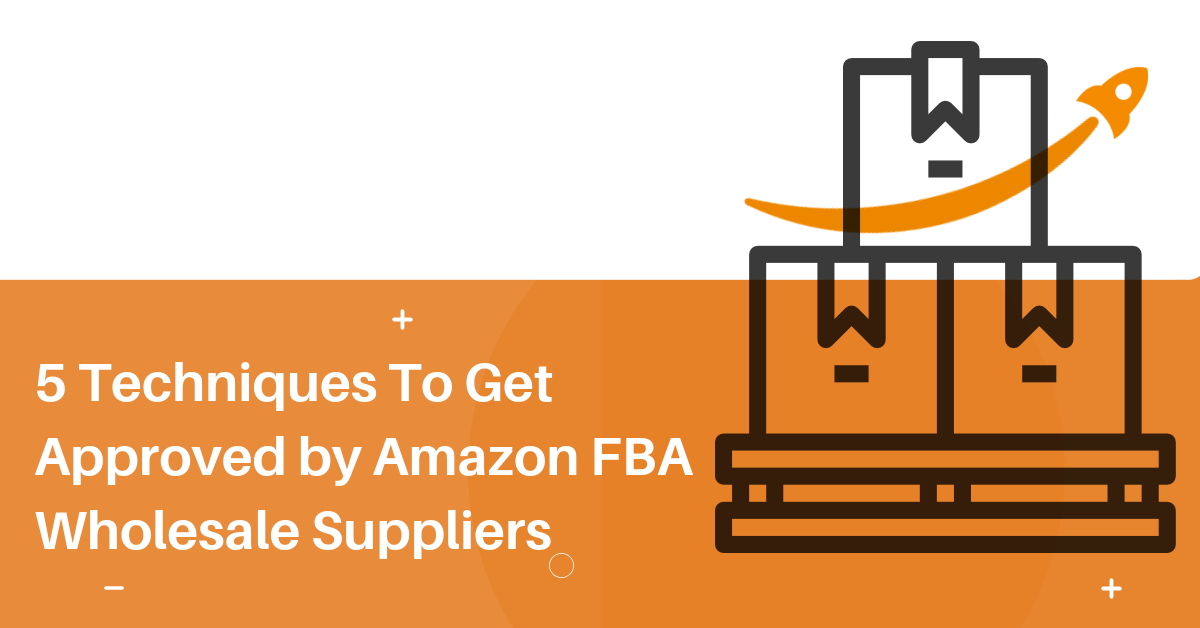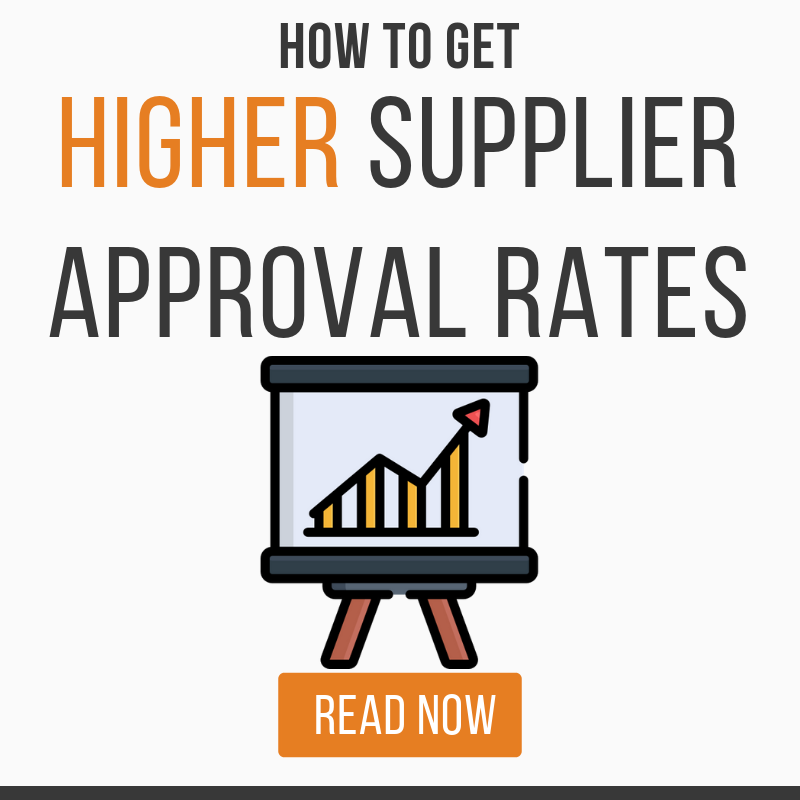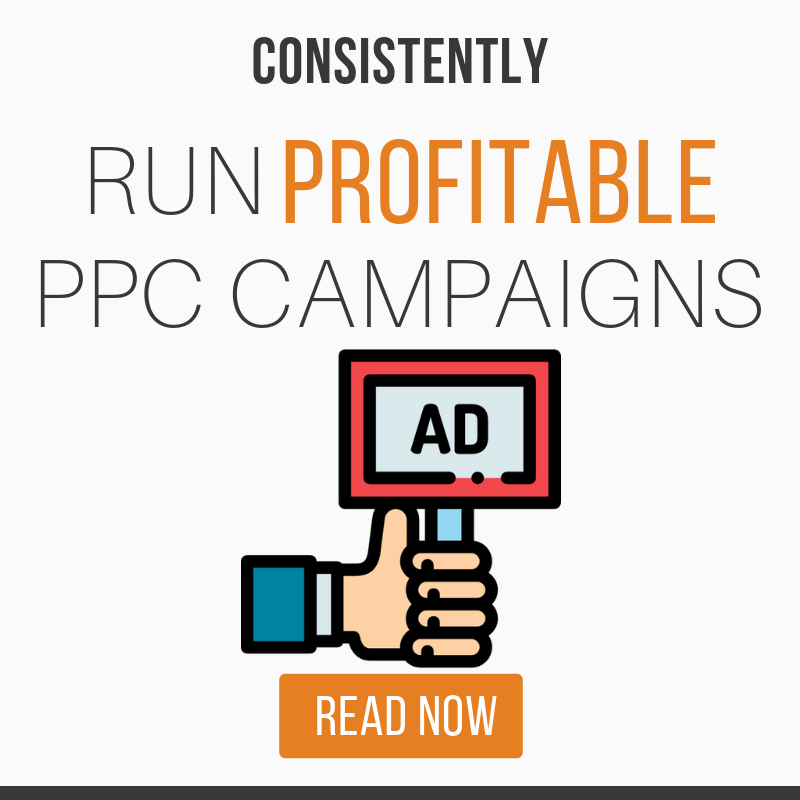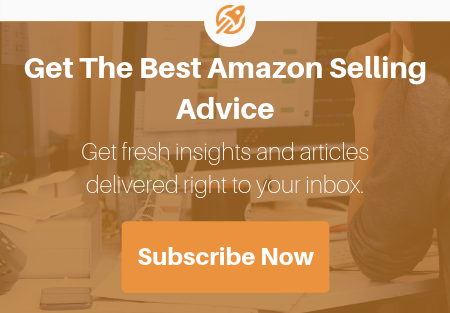
Getting Amazon wholesale suppliers to approve you seems harder than it actually is.
By the end of this blog post, you’ll be an expert at opening profitable accounts for your FBA business.
• The 4 biggest problems wholesale suppliers have with sellers
• Don’t be (perceived as) a small fish
• Have internal processes – you have criteria
• Come with amazing recommendations
• Always test Amazon PPC on new products (when there’s enough margin)
• Here’s what it all looks like
I recently asked our private Facebook group what some of their biggest challenges were when it came to getting approved by wholesale suppliers.

Nearly 90%+ had the same issue: knowing what to say to win the wholesale account.
Given enough of these supplier phone calls, you’ll realize that you’re having the same conversation over and over again, just with a different supplier.
After talking with so many suppliers we noticed a pattern that allowed us to get approved for suppliers that others had trouble getting.
Once we started using the below phrases and techniques things got much easier.
*Are you repricing your Amazon inventory automatically? If not, check out Aura, our intelligent repricing tool that’s helping sellers increase their sales by 20-50%.
Understand their concerns: The 4 major problems
Have you ever really thought about why wholesale suppliers truly hate working with Amazon sellers? It’s obviously not just because we sell on Amazon.
It’s much more than that. It’s because most don’t follow good business practices. Eventually, after being told so many times no, I just started asking suppliers what their concerns were.
They gave me 4 – Terrible communication (email only), small orders (small fish), they didn’t stick around (no relationship) and they didn’t follow MAP policies.
It’s like they gave me the playbook for getting approved with suppliers. I changed how I approached the conversation and solved their concerns before they could even tell me no.
The above techniques were found because of these conversations.

Here’s what I started to do
Next, I wouldn’t mention Amazon until I basically got the account approved by using the techniques I’m sharing in this post. I told them how I was an e-commerce business owner and was looking to add a supplier I could spend another $10-20,000 a month with profitably.
Next, they would ask me where I sell, so I tell them, “I do sell on Amazon, but please keep in mind that I’m not an “Amazon Seller”.
I’m an e-commerce business owner who sells on Amazon because it allows me to spend more money with my suppliers each month. We do prefer MAP policies with suppliers, do you have a MAP policy in place?”
At this point we’ve built a relationship. I’ve shown them I’m a big fish and in a power position, and we’ve already gone through the whole “selling on Amazon” issue. I’ve brought up that I like MAP and even prefer it.
Because I’m in the power position and I’ve already answered all of their concerns before they could bring them up, it’s harder to say no. Remember, they’re saying no to Dillon, not a random Amazon seller.
I mean, he’s worked with a ton of suppliers from the way he talked to me.
Do: Demonstrate value by knowing their concerns and quickly solving for them without them telling you. You’re now the supplier whisperer…
Don’t: Act like you’re a newbie. Of course, we all start with zero accounts, but how you progress past that is by how you approach each supplier conversation.
Don’t be (perceived as) a small fish to Amazon Wholesale Suppliers
One of the biggest issues for a supplier when it comes to selling to Amazon 3rd party sellers is that they often ask for a great deal and then make incredibly small orders that never truly justified the work the supplier put into the relationship at the beginning.
Imagine putting in a ton of effort into a new relationship – taking time away from family and friends – only for that person to tell you they just wanted to be friends.
Sure, you still have a type of relationship with that person but it wasn’t exactly worth the effort, was it?
This is how every supplier feels after dealing with a non-professional Amazon seller.

To combat this we want every potential supplier to know from the beginning that we’re looking to commit. We’re showing them a ring and telling them we’ll give it to them if it’s a good fit.
We do this by using a very simple phrase – “I’m looking to spend another $10,000-20,000 a month with a new supplier and if I can profitably spend $50,000 a month and don’t have the capital, I’ll go find the capital”.
It’s a simple phrase but this one provides the most value.
You’re no longer a potential Amazon seller in the traditional sense. You’re building a real business and you’re looking to add wholesale accounts where you can profitably spend a large amount of money each month.
You don’t want these small wholesale accounts where you can barely spend $500 a month profitably. No, you want an account of equal stature to the business you’re trying to build.
In other words, the brand needs to be your type of spouse for you to be willing to commit.
Even if you don’t have that kind of money to spend right now, aren’t you trying to at a certain point?
Nothing is better than having $10,000 of profitable inventory at your disposal.
Do: consider yourself as a big fish, someone who’s building a real business.
Don’t: be like every other seller who wants to do nothing, ask for a lot, and be given amazing wholesale accounts, only to put the supplier in the friend zone.
Have internal processes: you have buying criteria
You wouldn’t just buy any inventory, right? So why do so many Amazon sellers approach potential suppliers as if they hold the golden keys to your success…
Whenever I speak with a potential supplier for the first time I let them know very clearly my buying criteria – $4 per unit in profit, 30% gross margin after AMZ fees and at least 30 units of volume per month.
I want suppliers to know that I’m in the power position. I choose whether I purchase inventory or not. By letting a supplier know this, they will begin to shift their perspective from considering to sell to you to try to think of ways to make it work.
You’ve already stood out quite a bit during this short conversation; you’ve shown them you’re willing to commit in a big way but now you’re telling them what they need to do for that to happen.
It’s sort of like buying a car. A dealer or sales rep will consistently make you feel like you’re not in the power position as if you have no control over the outcome of what’s about to happen.
The moment you show them you’re willing to walk away from what they tell you is a great deal, they shift. They become the chaser and out of nowhere discounts begin to be offered and extras are thrown in. Why? Because they need you.
It’s really no different with suppliers. At the end of the day they need amazing 3rd party sellers but instead of approaching with a pre-approval (being a big fish) and a willingness to walk away (you being in the power position), they feel they’re in the power position.
It’s your job to shift the conversation around to you calling the shots. Now it’s your chance to say, “if you have SKUs that fit my buying criteria I’d love to carry them. If not, that’s ok, and we can move on to the next supplier we’re talking with”.
Do: have clear buying criteria and be willing to walk away from a supplier who can’t meet them, Always be in the power position.
Don’t: think that every supplier holds the keys to your success and that they’re something special because they aren’t. There’s plenty of fish in the sea – think abundance, not scarcity.
Come with amazing recommendations
Just when you’ve become a big fish and moved into the power position with a supplier during that first conversation, it’s time to really shine by showing tremendous value before even making a purchase.
To add a ton of value you’ll show that you’ve done your homework. Having a simple one-page recommendation containing major things that need to be corrected or done to increase sales and rankings for every product they have listed on Amazon will make you stand out completely.
Even better, while you’re on the phone, ask for their email address, send it over and have them pull it up. This will ensure you capture their reaction which you can then use to help close the account if they’re still on the fence.
After they’ve had a second to look it over, tell them this is just part of what you’ll be doing to increase their sales, not just for you but for the listing as a whole – “I don’t want to just create another slice of the pie, I want to increase its size, which means more volume for you – the supplier – as a whole.”
I’m not an optimization expert but it’s not hard to find 4-5 things you could change on any given Amazon listing to make it better.
Don’t worry about doubling the sales here, you’re not getting paid to do that, but just working on making the listing better is enough.
Do: your homework. Show up with an immediate value that you’re willing to give away for free, but then tell them you’d be doing this for them AND buying inventory. That’s called a double-win.
Don’t: show up with nothing but words and expect to wow a supplier. They’ve heard all of this before – it’s why they don’t like Amazon sellers.
Always test Amazon PPC on new products (when there’s enough margin)
I wrote a whole in-depth blog post about how easy it can be to profitably run PPC campaigns to your wholesale inventory, but many sellers never consider this a huge value-add to a supplier.
A supplier wants to know that you’re not simply creating a new slice of the same sized pie, but actually doing whatever you can do increase the actual size of it.
Why sell to 8 sellers when 6 can move the same volume and are easier to manage? It’s less paperwork…
I let every supplier know that I immediately test Pay Per Click advertising on all wholesale inventory that has enough margin – typically $10 or more – and will scale profitable keywords from $10 a day during testing to $100+ per day with enough keywords.

I let them know that I can increase sales by 25% on average with PPC alone. Combine that with the one-pager you’ve already presented and it’s a no-brainer for a supplier to at least give you a shot.
Do: Test Amazon PPC on your wholesale inventory with at least $10 of net profit. Why? Because it’s more money in your business and suppliers will love you for the increase in volume.
Don’t: Just order inventory, let it sell through and place restock orders. You’re missing so much opportunity for quick growth and increasing your chances of exclusives.

Here’s what it all looks like (once you’ve found a supplier to reach out to)…
1 – Have a one-page document cued up in a draft email with specific steps a supplier or yourself could take to increase sales volume and the listings rankings.
2 – Open the conversation as if you’re speaking to a real person, not a business. Make them laugh and start building report – read: a relationship.
3 – Shift to the power position by letting them know that you’re a big fish and looking to get even bigger – ask for that email and send your one-pager for them to review.
4 – Answer their concerns before they even consider to bring them up. Show that you’ve done this before. Make being an Amazon seller a non-issue.
5 – Remind them that you’re willing to spend as much as you profitably can with them, assuming they meet your buying criteria – be open about what the specifics are.
6 – If they ask what else or simply what you would do to increase sales, refer to your one-pager and that you immediately test Amazon PPC with new inventory and typically see an increase of 25% or more on sales.

When you completely killed it on a supplier call AND there’s a ton of profit!!
This whole conversation shouldn’t take more than 30 minutes, but if it’s going longer and you’re really sharing what you know about Amazon, that’s a really good sign.
Just remember that you’re having this same conversation with 98% of the wholesale suppliers you’re going to talk with. Get a flow going, write out a checklist to go through right before you call.
Do everything above and you won’t be considered an “Amazon seller”, but a business owner who knows what they’re doing.






About The Author: Dillon Carter
Hi, with James, we're building Amazon tools that we wish we had when starting our own companies. We love tech, coffee, building systems and all things Amazon.
More posts by Dillon Carter